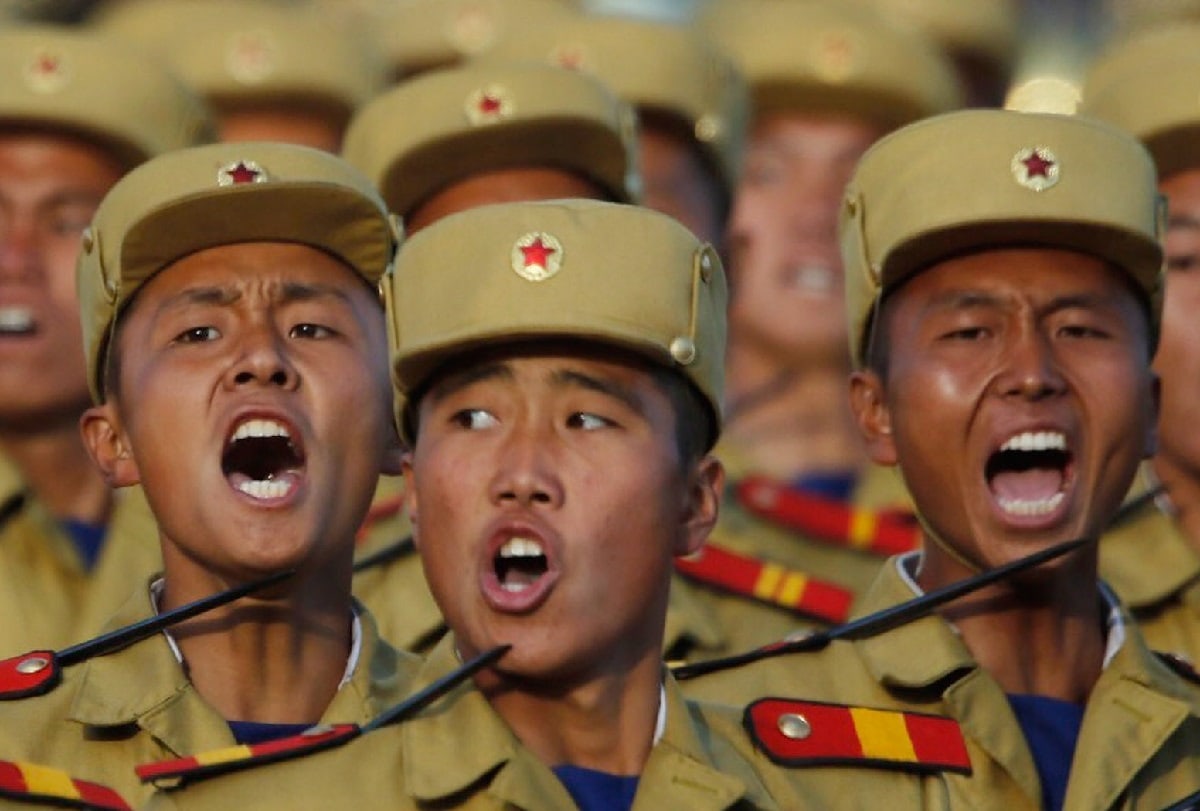North Korea has reportedly tested explosive devices and has recently begun digging new underground tunnels at its Punggye-ri nuclear test site. According to an excerpt of a confidential United Nations report, that could pave the way for “additional nuclear test development of nuclear weapons” at the facility.
The report was submitted Wednesday to the Security Council’s North Korea sanctions committee, while an excerpt was seen by Reuters on Thursday.
China continues to fire missiles into Japan’s exclusion zone, while Speaker Pelosi visits the DMZ during her South Korea trip and @GrecianFormula joins to react. WATCH: pic.twitter.com/Npv3DyXXvJ
— Brian Kilmeade (@kilmeade) August 5, 2022
“The DPRK continued to develop its capability for the production of fissile material at the Yongbyon site,” the monitors warned, referring to North Korea’s formal name – the Democratic People’s Republic of Korea (DPRK). The report covers the first seven months of this year and apparently details tactics employed by Pyongyang to dodge sanctions.
The United States has repeatedly expressed concerns that North Korea is ready to carry out its seventh nuclear test.
Building Efforts Underway
The report further stated that North Korea has expanded its capacity to produce fissile materials – the key component of nuclear weapons and other nuclear explosive devices – at its Yongbyon nuclear facility, while it has also been excavating tunnels at Punggye-ri that were destroyed amid denuclearization talks with the U.S. in 2018.
According to a report from 38north.org, which monitors North Korea, recent commercial satellite imagery of the Punggye-ri Nuclear Test Site indicates that two new buildings have been erected at the Main Support Area since June. Reactivation activities were first observed back in March, and since that time, more than 10 new buildings have been constructed in the multiple support areas. That may suggest long-term plans for use of the facility.
Satellite imagery from July 27 also revealed that two new buildings had been erected in the lower courtyard of the Main Support Area over the past month.
Speculation remains on where such a nuclear test might be conducted, but currently, little activity has been detected at Tunnel No. 3, which was the former South Portal. Instead, there has been repair work on the road leading to Tunnels No. 2 and 4 (former North and West Portals), and it has reportedly been underway since at least mid-June. It is generally believed that Tunnel No. 4 could be used for potential future testing.
However, there has been erosion damage to the road near Tunnel No. 4, and imagery from July 27 showed that a landslide had damaged a retaining wall. Until that road is fixed, access to Tunnels No. 2 and 4 is limited to foot traffic.
Heavy rains over the past few weeks have apparently set back repair efforts, which could prevent restoration efforts to those tunnels – at least for the foreseeable future.
The Punggye-ri Nuclear Test Facility is North Korea’s only nuclear test site. It was the location of the 2006, 2009, 2013, January 2016, September 2016, and September 2017 nuclear tests. It was shut down in 2018, and some parts were even blown up after leader Kim Jong-un promised to halt all nuclear tests.
Even as the Hermit Kingdom faces crushing sanctions, this year alone, it has launched 31 missiles combining ballistic and guidance technologies, including intercontinental ballistic missiles (ICBM) tests and two missiles that it explicitly described as ballistic weapons.
A Senior Editor for 1945, Peter Suciu is a Michigan-based writer who has contributed to more than four dozen magazines, newspapers and websites. He regularly writes about military hardware, firearms history, cybersecurity and international affairs. Peter is also a Contributing Writer for Forbes. You can follow him on Twitter: @PeterSuciu.

